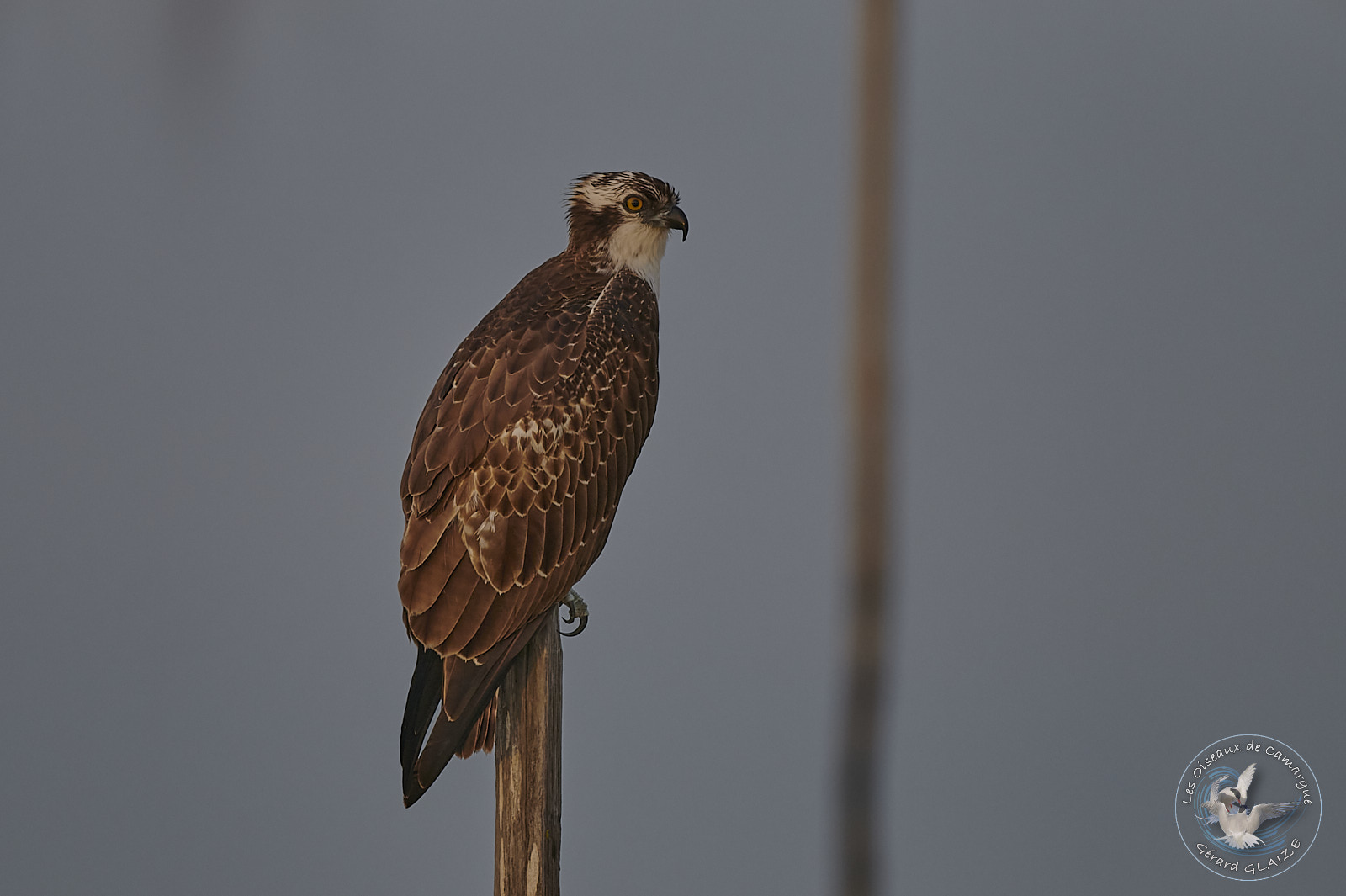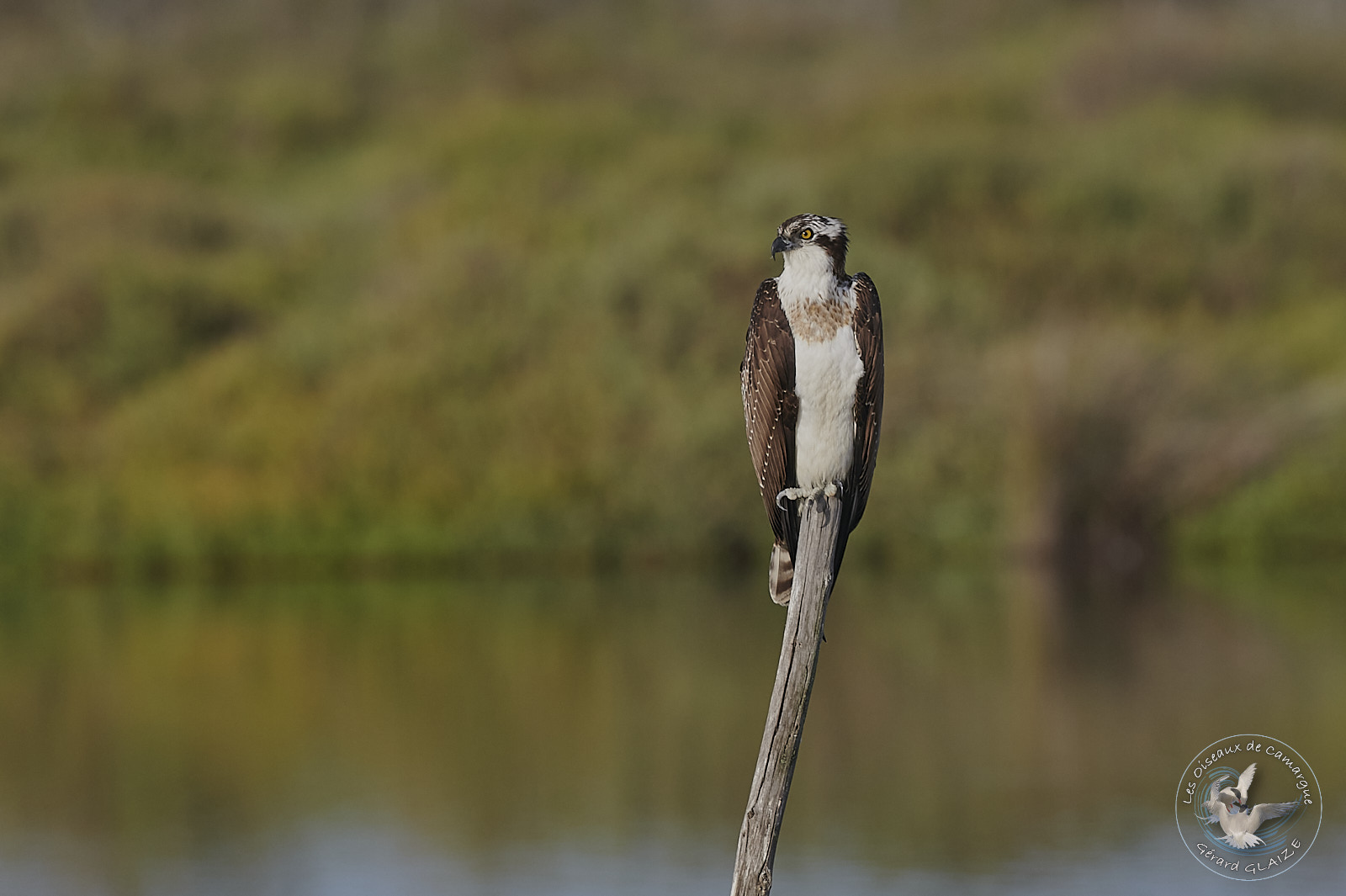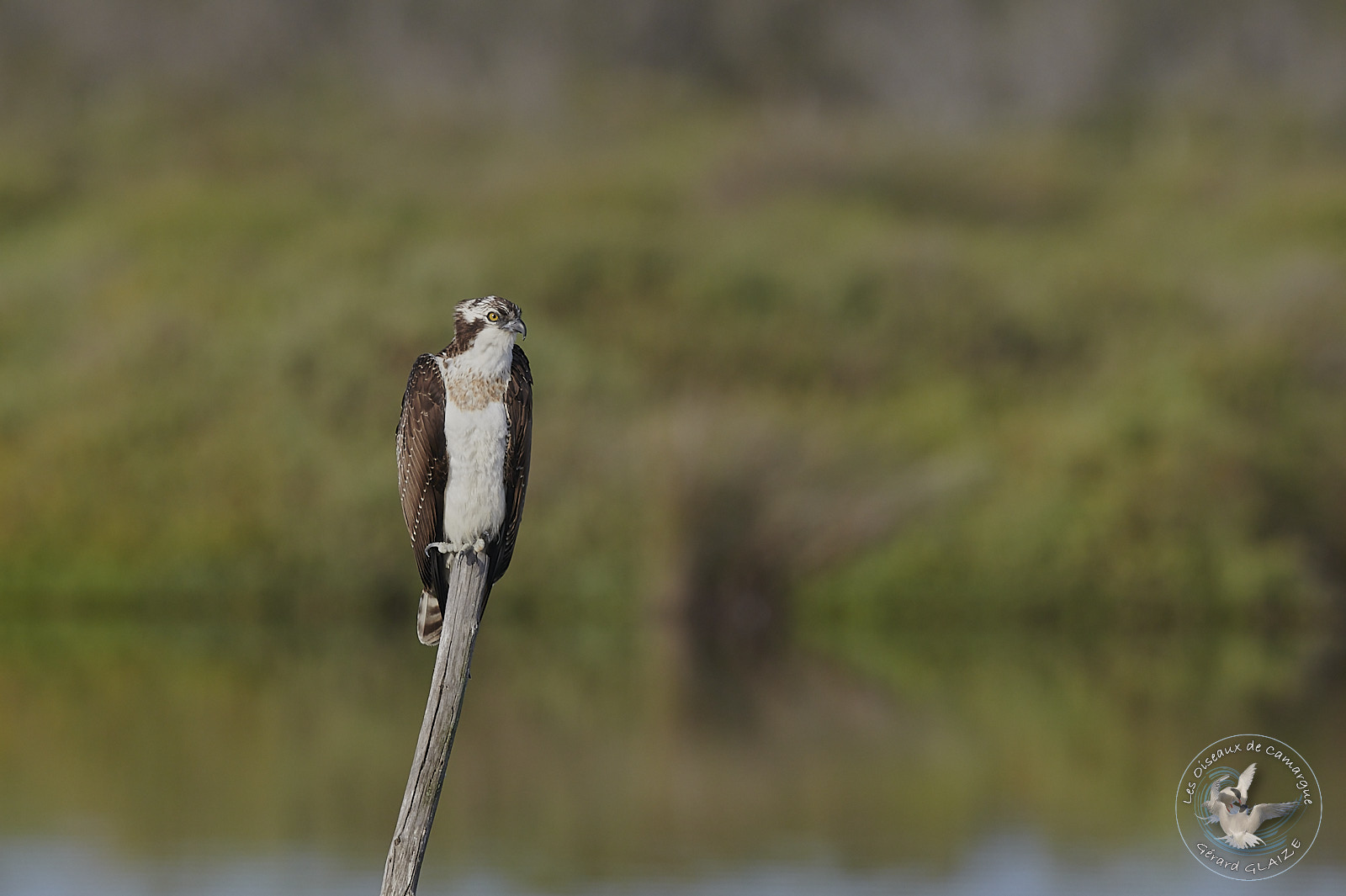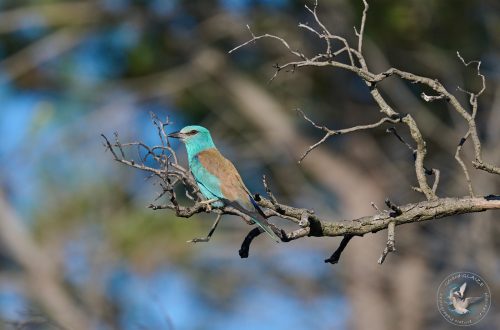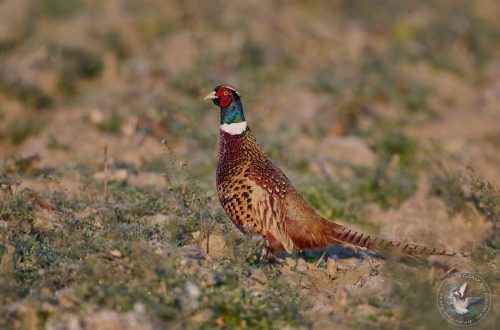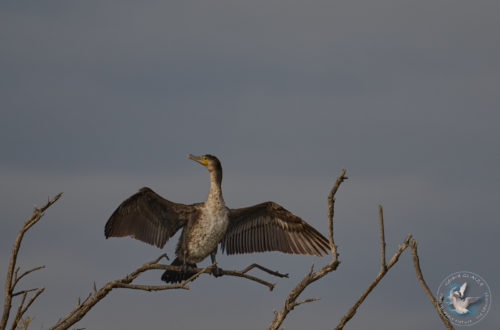The Osprey
The Osprey is a species of medium-sized diurnal raptor. Its underparts are white, as is the head. It has a dark band over its eyes, more or less pronounced depending on the subspecies. The chest and the underside of the wings and tail have different dark markings, varying in intensity depending on the subspecies: a large dark band at the fold of the wrist and at the end of the remiges, dark spots on the chest and fine gray and black streaks on the underside of the wings and tail. The upperside of the bird is shiny brown. Its long, narrow wings have digitated tips, which gives it a characteristic appearance.
Osprey
Scientific name : Pandion haliaetus
Family : Pandionidae
Length: from 54 cm to 58 cm – Wingspan: from 127 cm to 174 cm
Weight : from 1.200 gr to 2.050 gr
IUCN Conservation Status: LC
Habitat
Given its highly specialized, if not exclusive, diet, the osprey stays close to aquatic environments: the edges of lakes, rivers, large ponds, streams, but also sometimes sea coasts.
Flight
The Osprey glides less often than other raptors. It glides with its wings raised and its hand lowered. When it is actively soaring, its wingbeats are powerful, although loose and shallow. When carrying large prey, it uses powerful, horizontal wingbeats to lift itself and its prey out of the water. However, it sometimes gets into trouble if its plumage is too wet.
Regime – Diet
The osprey feeds only on fish caught on the surface of the water. They generally weigh between 150 and 350 grams. However, they can exceptionally reach up to 1 kg and measure from 20 to 35 cm. It has an unmatched fishing technique. The bird locates its target by flying over it from a height of 10 to 20 meters or by hovering. It then dives, head first, wings folded and talons forward. It thus immerses only its legs and comes out with its prey.
Nesting
A large pile of branches covered with bark, grass and other vegetation constitutes the nest. It is installed on a tree, a rocky ledge, a telephone pole or an artificial platform. In the absence of predators, this nest is sometimes even built on the ground. Generally, it is used for several consecutive years. Thus, over the years, it can reach a fairly impressive size. Ospreys usually form pairs for life.
In April-May, the female usually lays 3 creamy-white eggs with reddish-brown spots, incubation usually lasts 5 weeks. The young are born covered with down, and have open eyes, the young fly away 51 to 54 days after hatching.
Protection
The Osprey has enjoyed total protection on French territory since the ministerial decree of 17 April 1981 relating to birds protected throughout the territory. The European Union has included the Osprey in Annex I of the Birds Directive. It is therefore prohibited to destroy, mutilate, capture or remove it, to intentionally disturb or naturalise it, as well as to destroy or remove eggs and nests and to destroy, alter or degrade their environment.
Cry
The Osprey emits short whistles. The alarm call is a rapid succession of several piè or piou.


